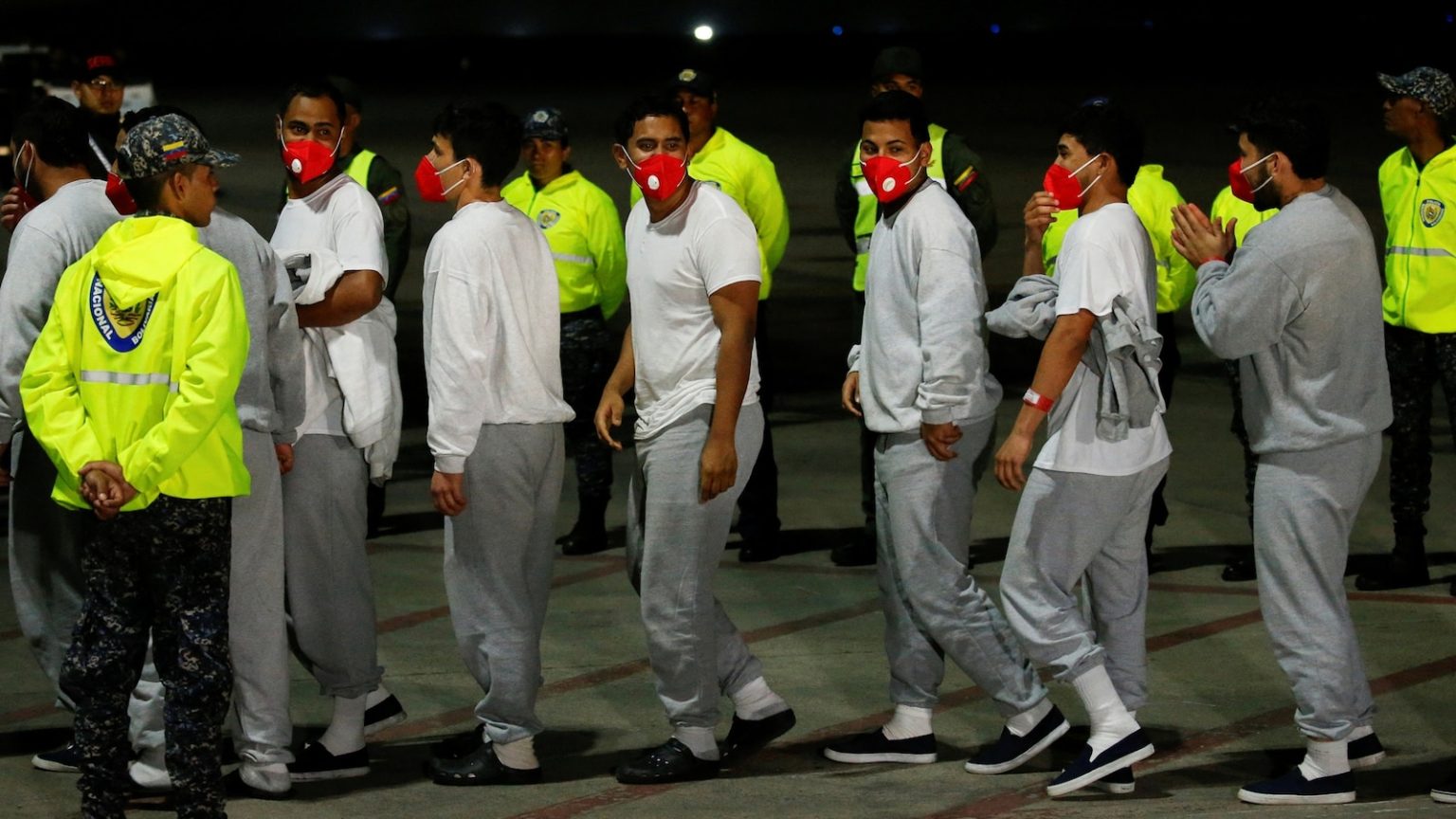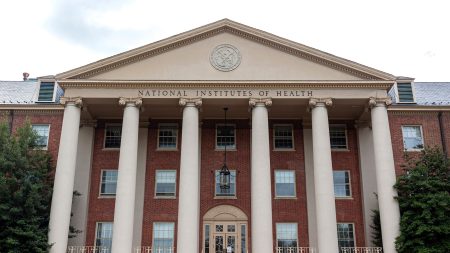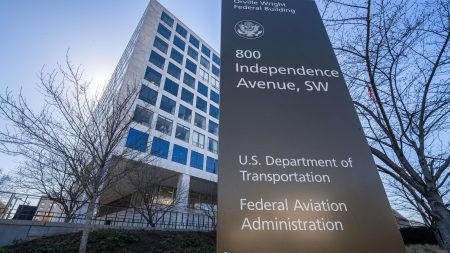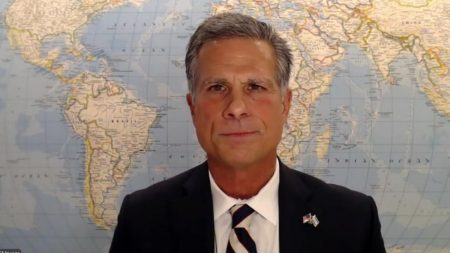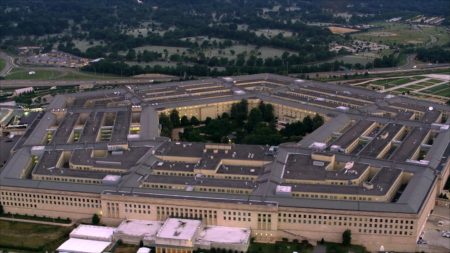Introduction
In a recent operation, U.S. Immigration and Customs Enforcement (ICE) transported 177 migrants, primarily Venezuelans, from Guantanamo Bay to Honduras, with the final destination being Venezuela. This action marks a significant step in the U.S. government’s efforts to repatriate migrants, utilizing Guantanamo Bay as a temporary stopover. The migrants were flown on two separate flights, highlighting the government’s strategic use of the facility for detention and processing.
Guantanamo Bay: A Temporary Detention Facility
Guantanamo Bay has emerged as a key location in the U.S. immigration strategy, serving as a temporary detention center for migrants. The facility, distinct from the high-security prison known for detaining al-Qaeda members, was designated by President Donald Trump to house migrants without legal status. This decision underscores the government’s intent to streamline the repatriation process, ensuring efficient and secure handling of cases until migrants can be returned to their home countries.
Legal and Humanitarian Considerations
The operation has raised questions regarding the legal status and humanitarian treatment of the migrants. While some are suspected members of Venezuelan gangs, the charges against them remain unclear. The government’s use of Guantanamo Bay for this purpose has sparked debates about the balance between security concerns and human rights. The migrants were granted access to legal counsel via phone, though in-person visits were under consideration, indicating a cautious approach to their legal rights amidst the detention process.
Official Statements and Policy Insights
Key officials, including DHS Secretary Kristi Noem and President Trump, have emphasized the temporary nature of Guantanamo Bay’s role in migrant detention. Secretary Noem highlighted the facility’s capacity and the government’s commitment to securing and processing migrants efficiently. President Trump also stressed the importance of adhering to U.S. laws while exploring options for repatriation, reflecting a dual focus on legal compliance and immigration control.
The Process and Future Prospects
The process involved ten initial U.S. military flights transporting migrants to Guantanamo Bay, with the first group arriving in early February. The facility’s Migrant Operations Center was quickly operationalized to handle the influx, focusing on high-threat individuals. The recent transfer of migrants to Honduras and onward to Venezuela suggests a structured approach to repatriation, though the future use of Guantanamo Bay for such operations remains uncertain.
Broader Implications and Conclusion
This operation signals a broader shift in U.S. immigration policy, utilizing existing military facilities to manage migrant flows. While the immediate focus is on repatriation, the use of Guantanamo Bay raises questions about the scalability and ethics of such strategies. The situation reflects the complex interplay between national security, legal processes, and humanitarian concerns in immigration management. As the U.S. navigates these challenges, the role of Guantanamo Bay may evolve, shaping future approaches to migrant detention and repatriation.





